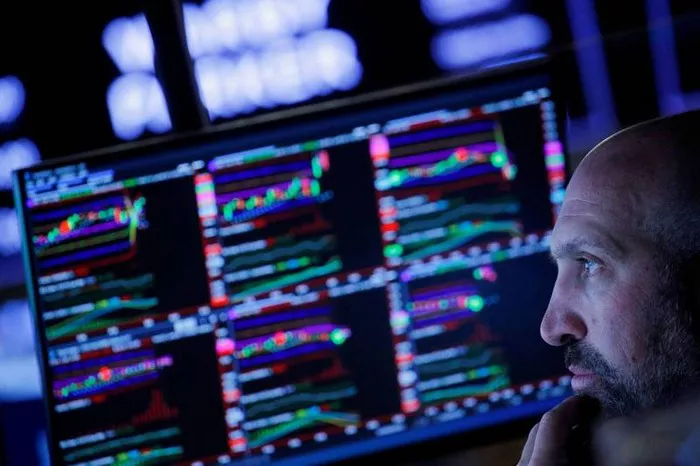Stock futures are vital instruments in the world of finance, providing traders and investors with opportunities to speculate on the future direction of stock prices. To engage effectively in futures trading, it is essential to understand the timing of stock futures’ opening hours.
1. The Standard Trading Day
Stock futures follow a trading schedule closely aligned with regular stock market hours. The typical trading day for stock futures consists of the following key periods:
Pre-Market Trading: This is the period before the official stock market opening. Pre-market trading usually starts around 4:00 AM to 8:00 AM Eastern Time (ET) in the United States. During this time, traders can place orders for stock futures, and trading activity can be influenced by overnight news and events.
Regular Trading Hours (RTH): The primary trading session for stock futures aligns with the standard stock market hours in the United States, from 9:30 AM to 4:00 PM ET. This is when the majority of trading activity occurs, and market liquidity is typically at its highest.
After-Hours Trading: After-hours trading extends beyond the regular trading hours, allowing traders to buy and sell stock futures from 4:00 PM to 8:00 PM ET. After-hours trading is often less liquid and more volatile compared to regular trading hours.
2. When Do Stock Futures Open?
The precise opening time for stock futures depends on the exchange where they are traded. In the United States, the primary exchange for trading E-mini S&P 500 futures, among others, is the Chicago Mercantile Exchange (CME). E-mini S&P 500 futures open at 5:00 PM ET on Sunday and continue trading until 4:00 PM ET on Friday, with daily trading halts for maintenance.
It’s important to note that different futures exchanges may have slightly varying trading hours, so traders should verify the trading hours of the specific contracts they are interested in.
3. The Role of Pre-Market Trading
Pre-market trading is a significant aspect of stock futures trading. During this time, traders can react to a variety of factors:
Earnings Releases: Companies often release their earnings reports before the official market open. Traders use pre-market trading to react to earnings surprises and adjust their positions accordingly.
Economic Data Releases: Economic data releases, such as employment figures or GDP reports, can have a substantial impact on stock futures. Traders can react to these releases in the pre-market session.
Overnight Developments: Events and news overnight, whether related to global markets, geopolitics, or corporate actions, can influence pre-market trading.
Liquidity Considerations: Pre-market trading typically has lower liquidity compared to regular trading hours. This can result in wider spreads and potentially more significant price swings.
4. Trading Strategies and Pre-Market Trading
Traders employ various strategies during pre-market trading:
News-Based Trading: Traders focus on news and earnings releases to make informed trading decisions. They may enter positions based on the impact of these announcements.
Gap Trading: Traders look for price gaps between the previous day’s close and the pre-market open. Gap trading strategies aim to capitalize on these price disparities.
Liquidity Sourcing: Some traders use pre-market trading to execute larger orders when liquidity is relatively higher, allowing them to minimize market impact.
Monitoring Overnight News: Staying informed about global developments and overnight news can help traders anticipate potential market movers and adjust their strategies accordingly.
5. After-Hours Trading Considerations
After-hours trading, while providing extended opportunities for trading stock futures, presents its own set of considerations:
Lower Liquidity: After-hours trading is generally less liquid than regular trading hours, leading to wider bid-ask spreads and potentially more significant price gaps.
Volatility: Price volatility can increase during after-hours trading due to lower trading volumes. Traders should be prepared for rapid price movements.
News Impact: Significant news or earnings releases after the official market close can lead to substantial price swings during after-hours trading.
Risk Management: Traders need to exercise caution and implement risk management strategies when trading during extended hours.
Conclusion
Stock futures open and follow a trading schedule closely aligned with regular stock market hours. Understanding when stock futures open and the significance of pre-market and after-hours trading is essential for traders and investors. Pre-market trading allows for early reaction to news and events, while after-hours trading extends opportunities for trading but comes with increased volatility and lower liquidity.
To navigate the world of stock futures effectively, traders should have a solid understanding of these trading hours, implement appropriate trading strategies, and exercise prudent risk management. Being well-informed about the timing of stock futures trading can enhance one’s ability to make informed decisions and capitalize on market opportunities.


